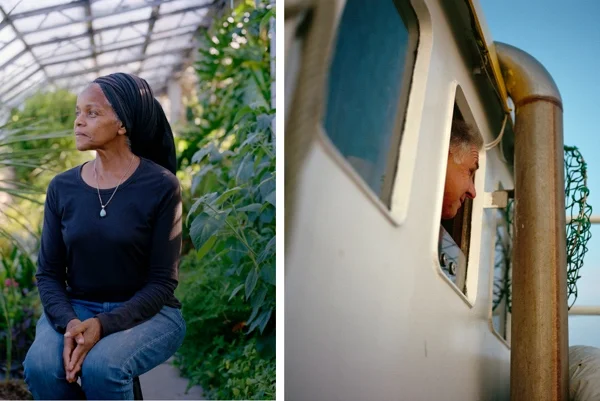Major fashion and sports brands ASOS, H&M (main image), Nike and Levi Strauss & Co. and household goods retailer IKEA are among some of the companies that have signed up to the Sustainable Cotton Communique at a high-level meeting attended by HRH The Prince of Wales and organised by The Prince’s International Sustainability Unit (ISU), in collaboration with Marks & Spencer and The Soil Association.
‘Many of the companies supporting the initiative have a considerable way to go, while others have already achieved the commitment. Blazing the sustainable cotton trail is Greenfibres, which has produced 100% organic cotton products for two decades.’
PETER MELCHETT
Soil Association’s policy director
Sustainable cotton by 2025
The 13 brands that have committed to sustainable cotton are: ASOS, EILEEN FISHER, Greenfibres, H&M, IKEA, Kering, Levi Strauss & Co., Lindex, M&S, Nike, Sainsbury’s, F&F at Tesco and Woolworths Holdings.
The Soil Association welcomed the commitment to move to 100% sourcing of sustainable cotton by 2025, calling it ‘a significant moment and a demanding commitment’ to achieve the existing standards – organic, Fairtrade, Better Cotton Initiative (BCI), Cotton Made in Africa and certified recycled cotton.
Peter Melchett, the Soil Association’s policy director, explained that while each of these standards delivers different outcomes, together they form a strong foundation for improving cotton’s social and environmental sustainability across the industry.
Organic cotton – what’s the difference?
Non-organic cotton represents a tiny fraction of total arable land worldwide, yet a disproportionate amount of pesticides is used in cotton production. In India, the world’s top cotton-producing country, the land used for cotton production accounted for 5% of total agricultural land – but according to the Organic Trade Association, the pesticides used accounted for more than 50% of the country’s total pesticides use in 2014.
Organic cotton farmers use a variety of natural techniques to maintain healthy soils and restrict pests, weeds and diseases. Central to this is the growth of a range of food crops alongside cotton which give farmers a more reliable livelihood and more secure access to food.
 Play Video about This Rock Might Just Save The World
Play Video about This Rock Might Just Save The World Play Video about Play 2 hours of rock
Play Video about Play 2 hours of rock Play Video about Play 2 hours of brook
Play Video about Play 2 hours of brook Play Video about Play 2 hours of sheep
Play Video about Play 2 hours of sheep











































